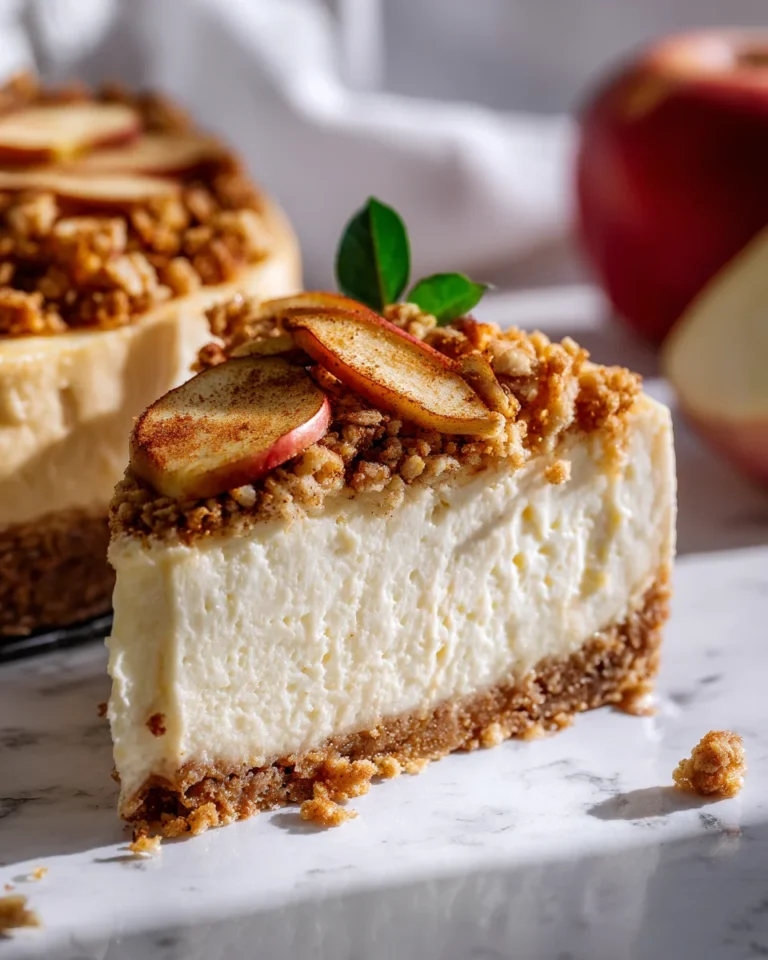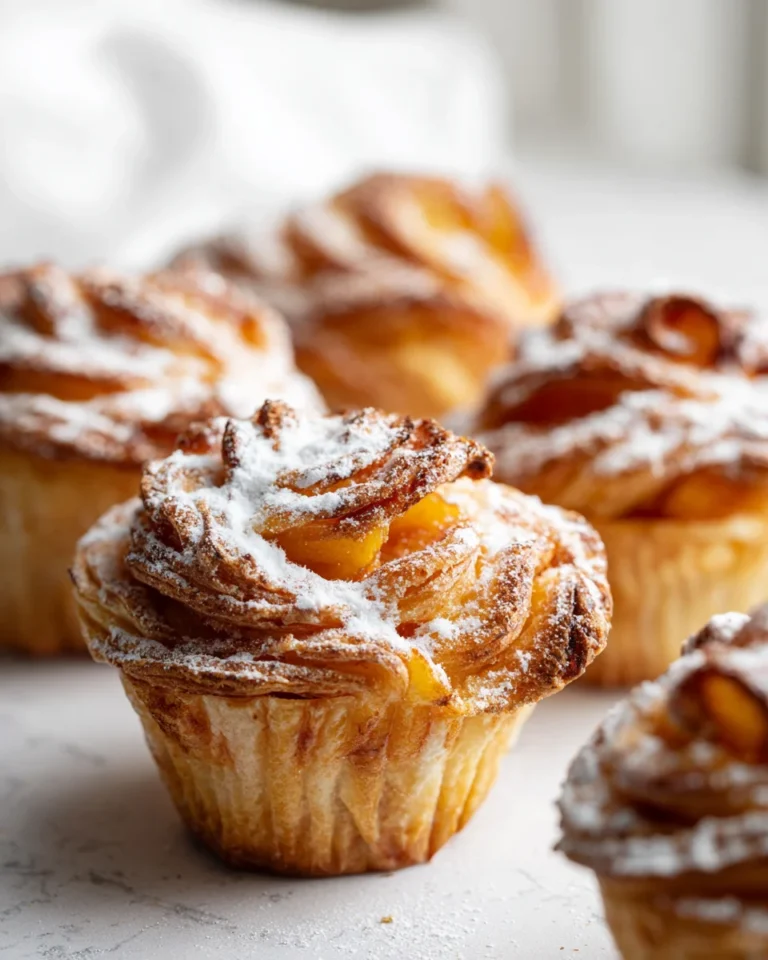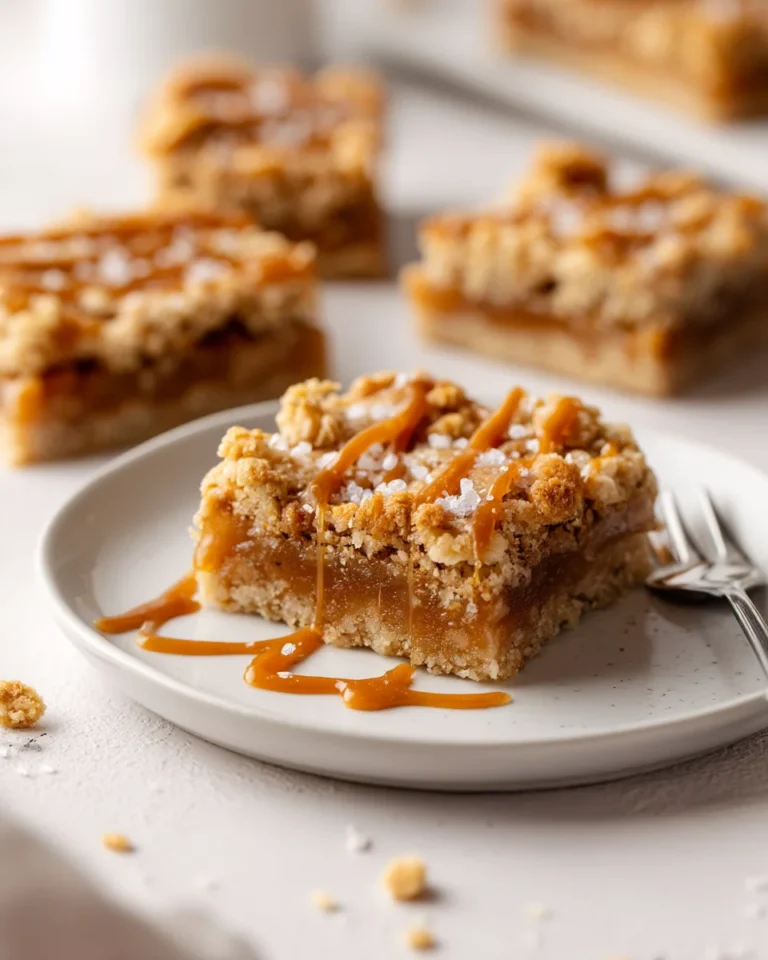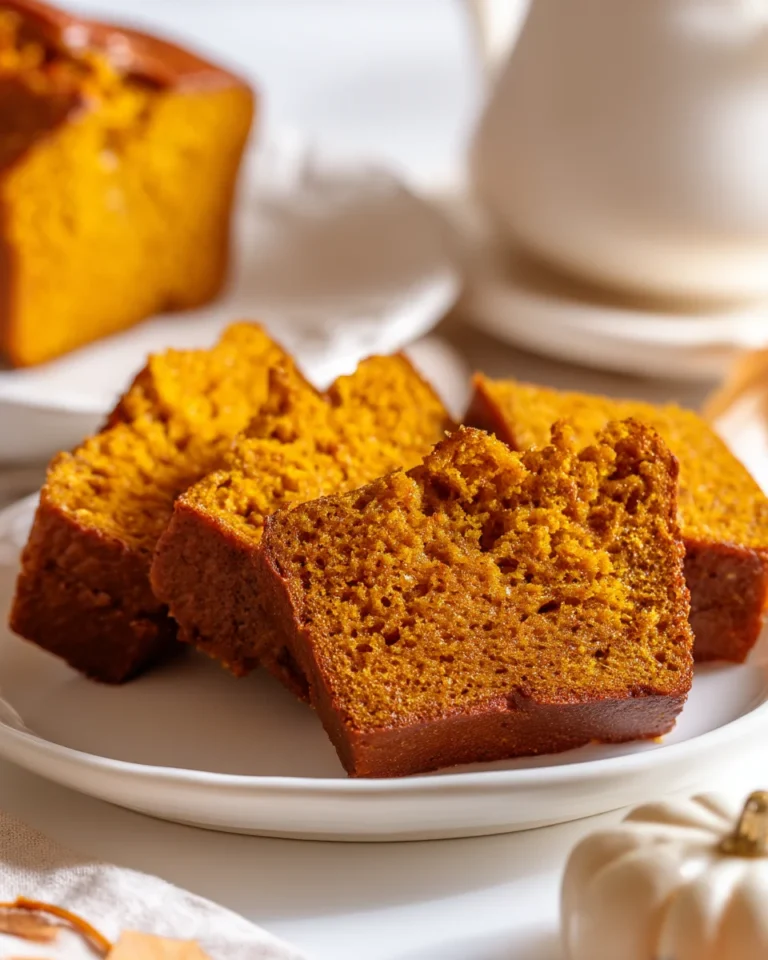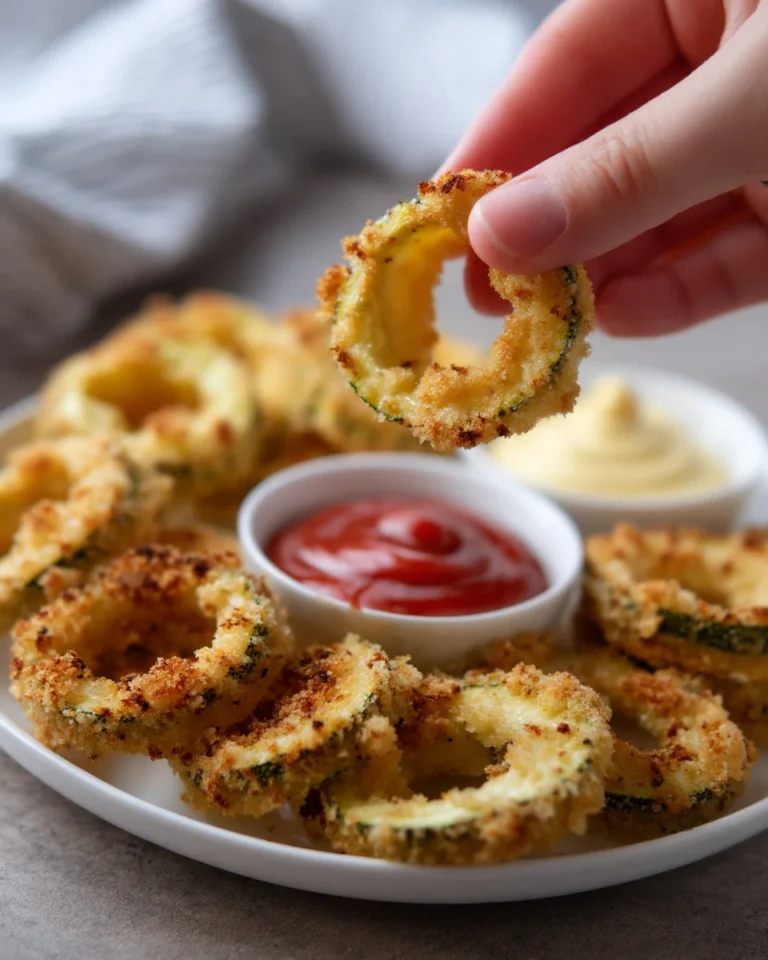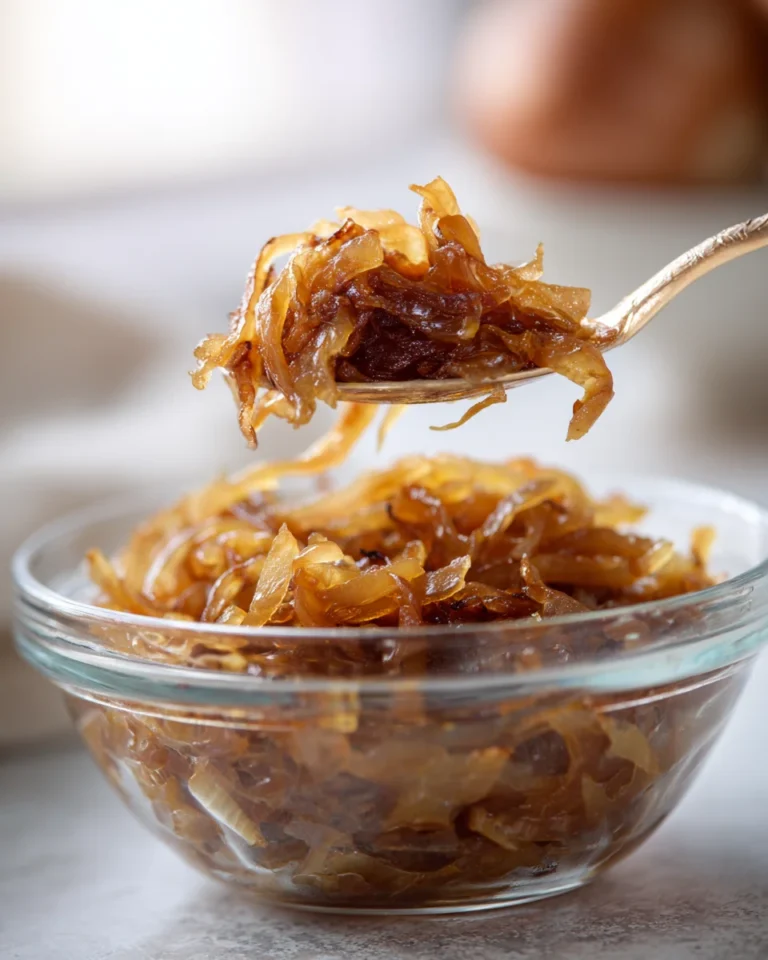Light Cloud Cake
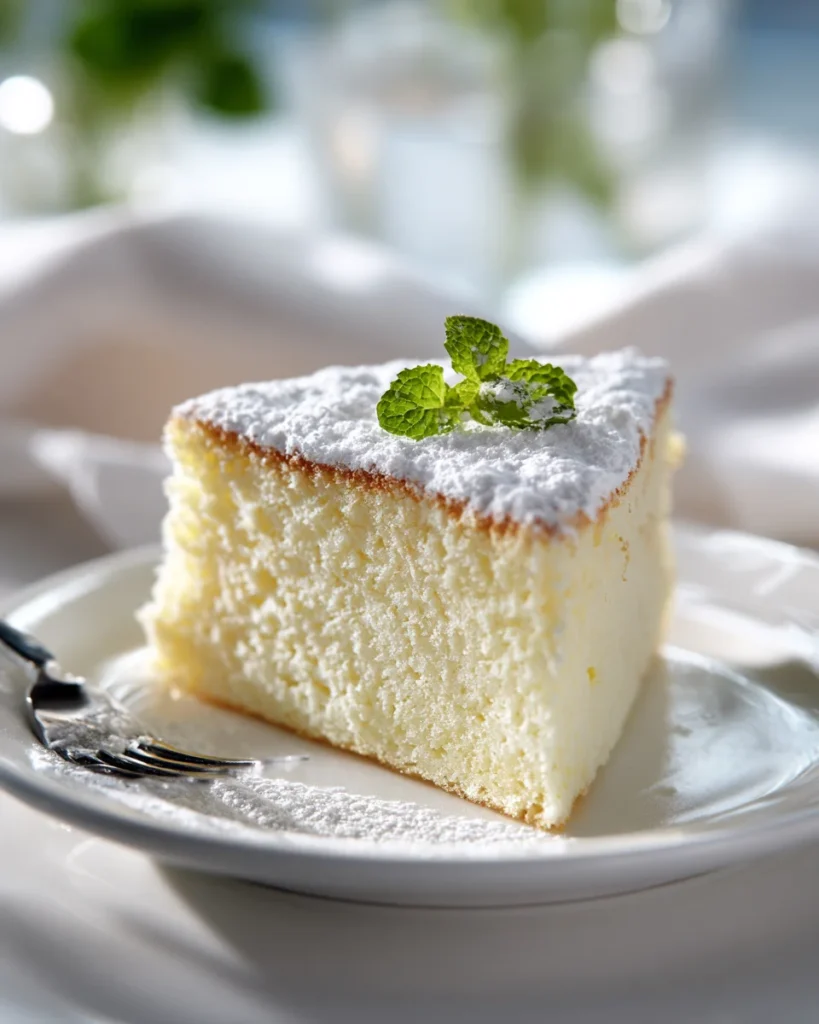
If a slice of sky could land on your plate, this would be it. My Light Cloud Cake is impossibly soft, gently sweet, and so airy that it almost seems to float above the fork.
I reach for this recipe when I want dessert to feel elegant without being heavy, a tender crumb that melts on the tongue, a delicate vanilla perfume, and a creamy finish that invites another bite.
It is the kind of cake you can serve plain with a dusting of powdered sugar, or dress up with softly whipped cream and berries. Every time I bake it, I watch it rise in the oven with a billowy top, then I let it cool into a plush, springy sponge that slices like a dream.
Why You’ll Love This Recipe
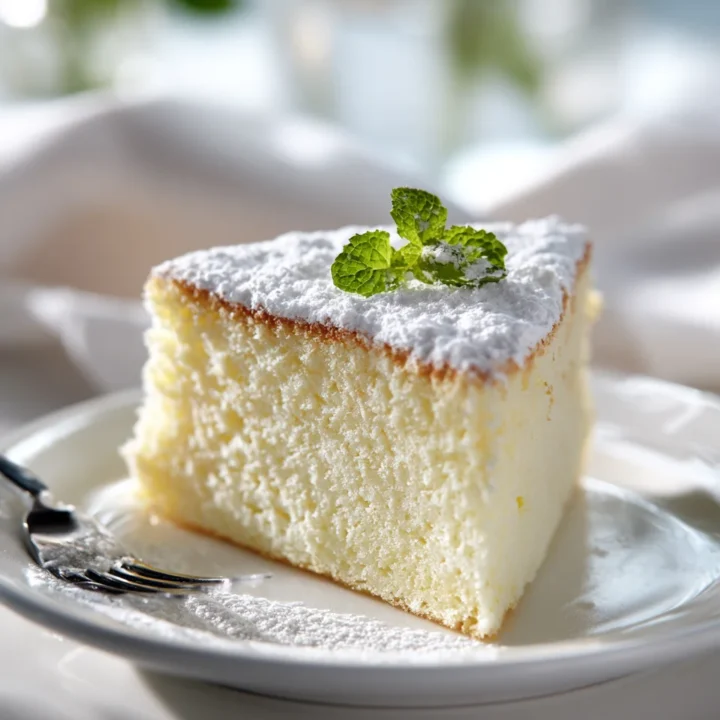
Light Cloud Cake
An ultra airy, tender vanilla sponge that feels like a slice of sky. The batter blends a silky yolk base with glossy medium peak meringue, so the cake bakes tall, springy, and light. Perfect with a dusting of powdered sugar and fresh fruit.
Ingredients
- 1 cup plus 2 tablespoons cake flour, sifted twice
- (or 1 cup all purpose flour sifted with 1 tablespoon cornstarch)
- 6 large eggs, room temperature, separated
- 3/4 cup superfine sugar, divided
- 1/3 cup neutral oil
- 1/2 cup milk, dairy or plant based
- 1 teaspoon alcohol free vanilla bean paste or vanilla powder
- 1 teaspoon finely grated lemon zest, optional
- 1/2 teaspoon cream of tartar
- 1/4 teaspoon fine salt
- Powdered sugar, for finishing
Instructions
- Preheat the oven to 320 F, 160 C. For the highest rise use an ungreased 8 inch tube pan. For a round cake line the bottom of an 8 inch springform with parchment, leave the sides ungreased, wrap the outside with foil, and set a large roasting pan nearby for a water bath.
- Separate the eggs. Place the whites in a clean mixing bowl. Place the yolks in a large bowl.
- Whisk the yolks with half of the sugar until pale and creamy. Whisk in the oil until satin smooth. Whisk in the milk, vanilla, and lemon zest if using. Sift the cake flour and salt over the bowl and whisk just until smooth.
- Whip the egg whites on medium speed until foamy. Add the cream of tartar. Continue whipping to soft peaks. Slowly rain in the remaining sugar and whip to glossy medium peaks that bend softly.
- Fold one third of the meringue into the yolk batter to lighten it. Gently fold in the remaining meringue in two additions, turning the bowl and lifting the batter so you do not deflate it.
- Pour into the prepared pan. Run a skewer through the batter to pop hidden bubbles and smooth the top.
- Tube pan: bake on the lower middle rack for 50 to 60 minutes, until the top springs back and a skewer comes out clean with a few moist crumbs.
- Springform with water bath: set the pan inside the roasting pan and pour in hot water to reach 2.5 cm up the sides. Bake 50 to 60 minutes, tenting loosely with foil if the top colors too fast.
- Invert immediately to cool. For a tube pan invert over a bottle. For a springform cool 10 minutes, invert onto a parchment lined rack, then flip upright. Cool completely for about 2 hours.
- Run a thin knife around the edge to release. Dust with powdered sugar. Slice with a long serrated knife using a gentle sawing motion.
Notes
Ingredients & Substitutions
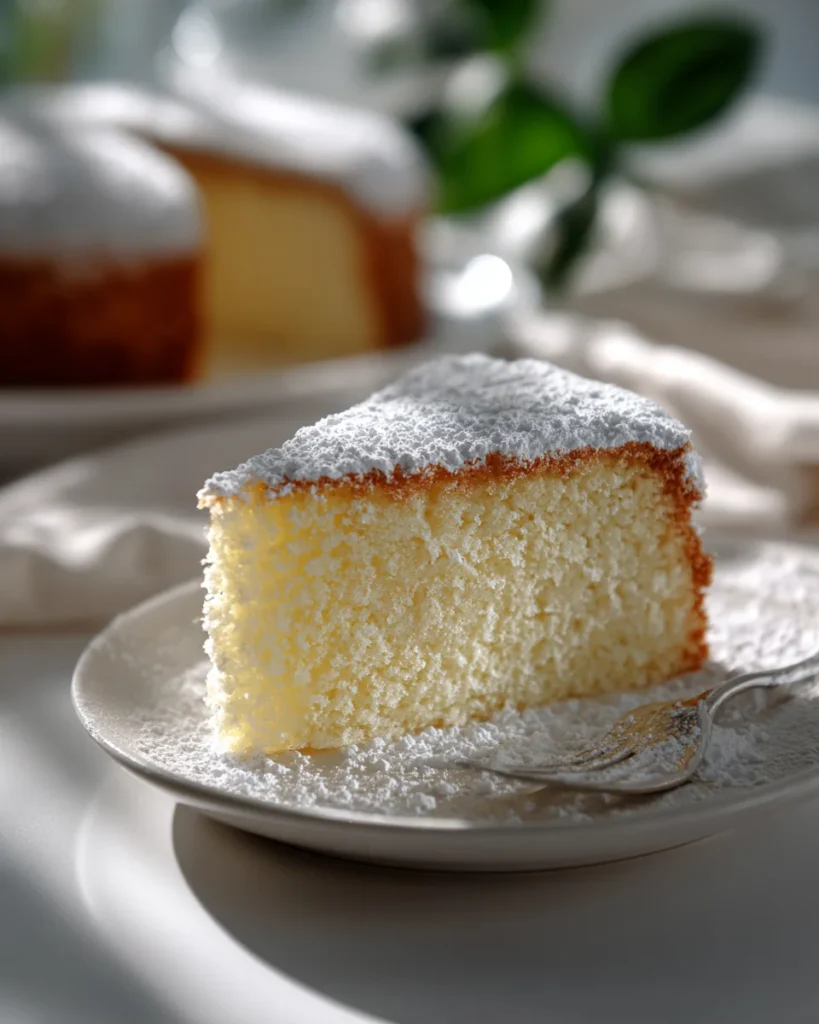
If you want a deeper dive into swapping cake flour with all purpose, see the King Arthur Baking cake flour guide.
Directions
Prepping the Ingredients
I start by bringing the eggs to room temperature. If I forgot to pull them out early, I set them in a bowl of warm water for ten minutes. I separate the whites into a clean, grease free mixing bowl and place the yolks in another large bowl. I sift the cake flour twice into a third bowl so it is airy. I preheat the oven to 160 C, or 320 F, and I position a rack on the lower middle level so the cake bakes evenly.
For the pan, I have two good options. An ungreased 20 centimeter tube pan gives the highest rise and the most even bake, because the batter can climb the center tube. If I want a smooth round cake, I line the bottom of a 20 centimeter springform with parchment and leave the sides ungreased so the batter can cling and climb. A light mist of oil on the parchment is fine, but I avoid greasing the sides because it can cause slipping and shrinking.
Mixing the Yolk Base
In the bowl with the yolks, I whisk in half of the sugar until it looks pale and creamy. I drizzle in the oil while whisking, and I keep whisking until it looks satin smooth.
The mixture should feel thick and glossy. I stir in the milk, vanilla, and any citrus zest, then I whisk again until it is well combined.
Finally I sprinkle the sifted flour and a pinch of salt over the surface and whisk gently, just until no streaks remain. The batter should be silky and free of lumps. If it feels tight, I add a tablespoon of milk. If it seems thin, I sift in a teaspoon more flour. I set this aside while I whip the whites.
Whipping the Whites
I make sure the white bowl and whisk are perfectly clean. A tiny bit of grease can prevent the whites from whipping. I begin on medium speed until the whites look foamy. I add the cream of tartar and keep whisking until soft peaks form. Now I add the remaining sugar in a slow, steady stream while whisking, then I increase the speed and whip until the meringue looks glossy and forms medium peaks. I do not chase ultrastiff peaks, I stop when the tips bend gently. That texture folds more easily into the batter and gives a fine, even crumb.
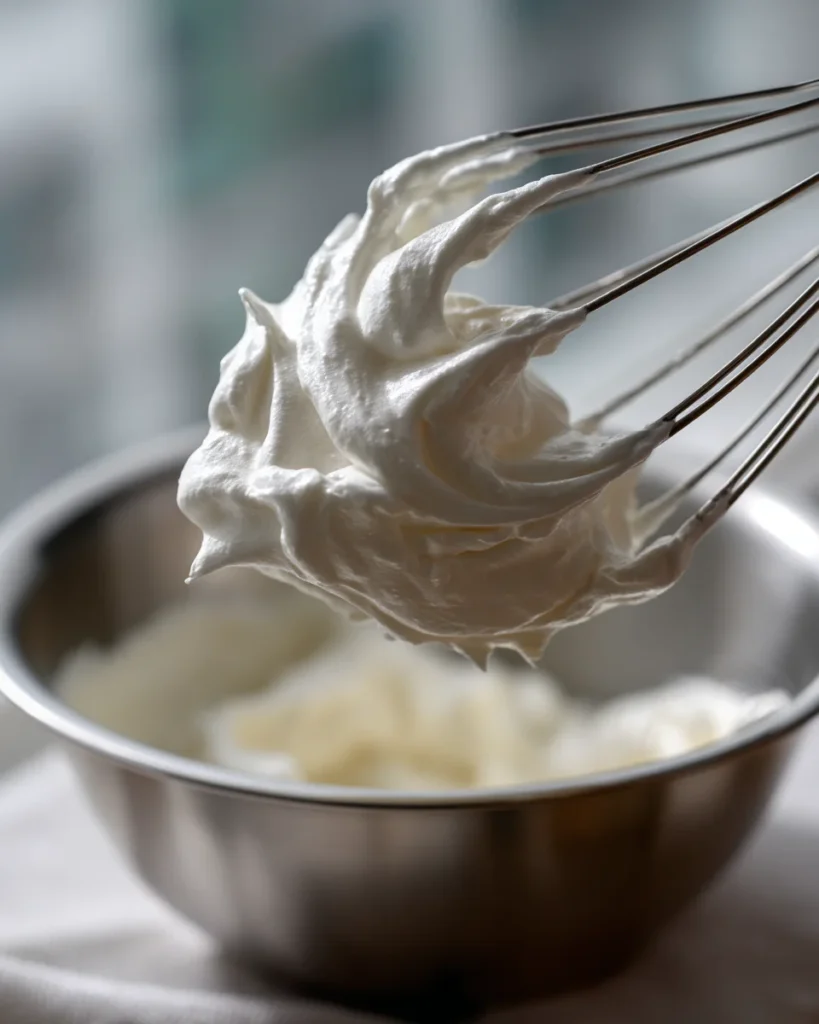
Folding and Panning
I lighten the yolk batter with a generous scoop of meringue, stirring it in firmly to loosen the base. Then I switch to a gentle folding motion, adding the rest of the meringue in two or three additions. I slide the spatula down the side of the bowl, scoop across the bottom, and lift up through the center, turning the bowl as I fold. I take my time so I do not deflate the air I worked so hard to whip. When I see only a few pale streaks, I stop folding, tap the bowl once on the counter to release large bubbles, and pour the batter into the prepared pan.
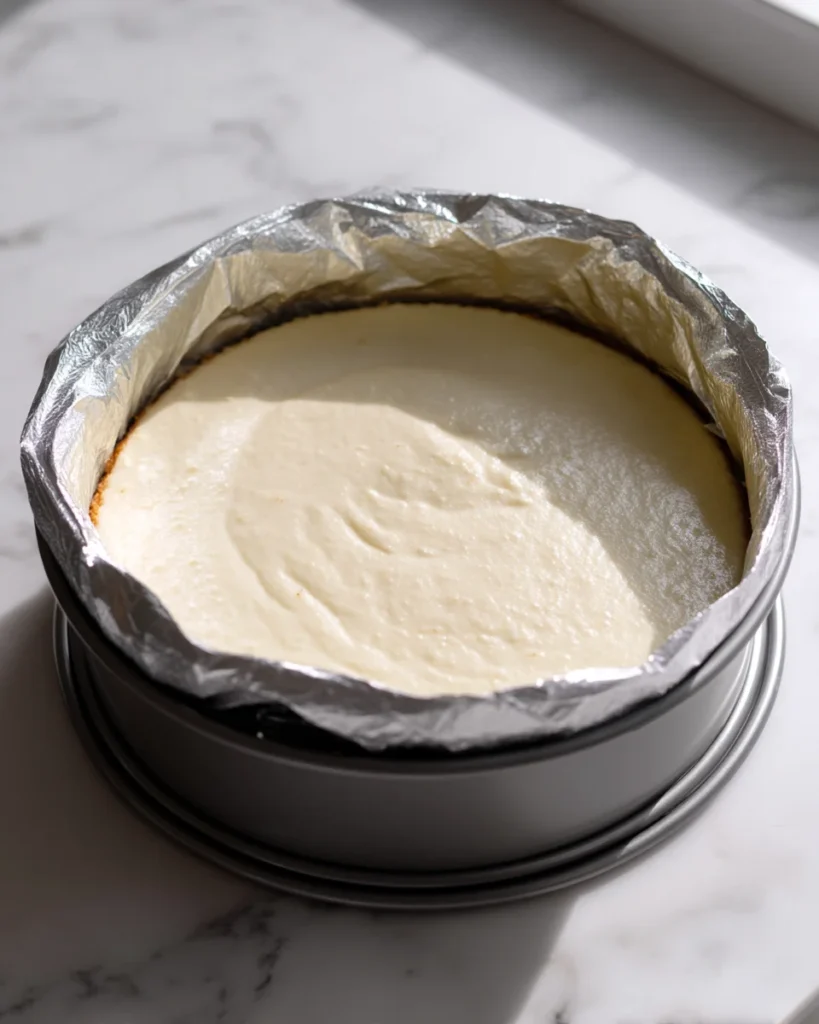
If I am using a springform, I wrap the outside with foil and set it in a larger pan. I pour a little hot water in the larger pan to make a shallow water bath. The gentle steam keeps the edges tender and helps prevent cracking. If I am using a tube pan, I skip the water bath and simply smooth the top. I run a skewer through the batter in a gentle spiral to pop hidden air pockets, then I place the pan in the oven.
Baking and Cooling
The cake bakes low and slow. I check at the 40 minute mark. The top should look lightly golden and spring back when touched. A skewer should come out clean with only a few moist crumbs. If the top is coloring too quickly, I tent it with a loose piece of foil and continue baking until the center is set, usually 50 to 60 minutes total depending on the pan.
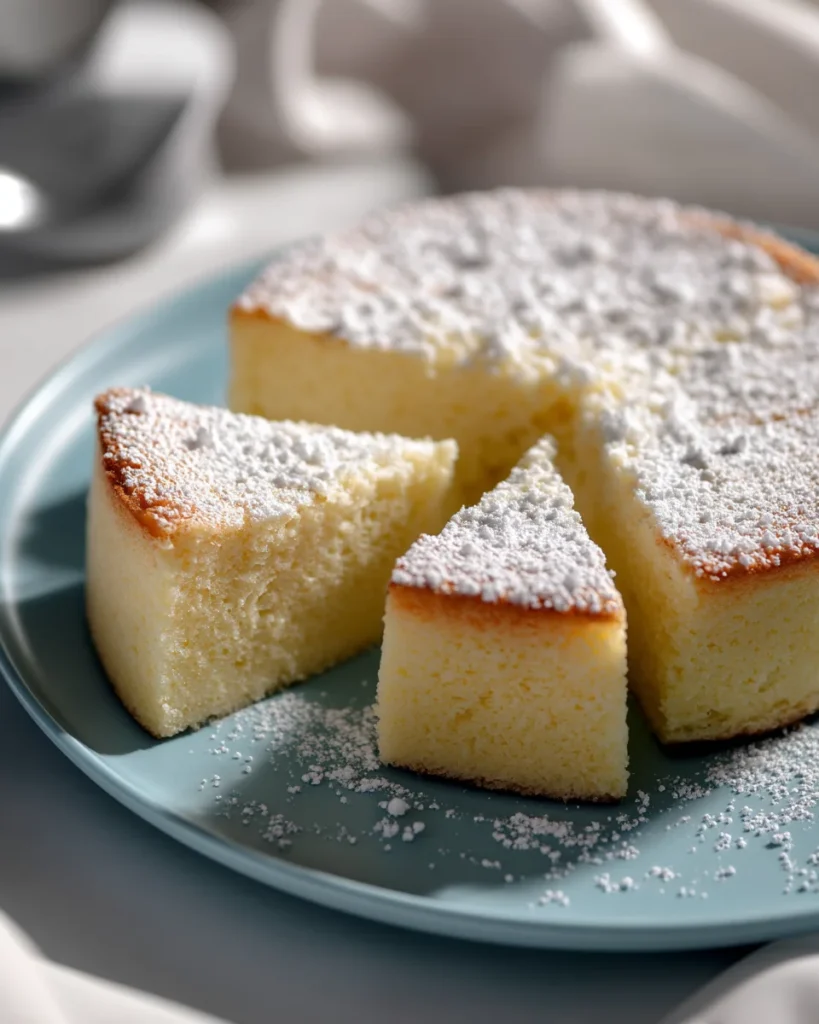
When it is done, I remove the cake and immediately invert it to cool. For a tube pan, I set the center tube over a bottle or use the built in feet if the pan has them. For a springform, I invert the entire cake onto a wire rack lined with parchment, then I flip it upright after ten minutes. Cooling upside down prevents the delicate crumb from sinking. I let it cool completely before removing it from the pan, then I run a thin knife around the edge and lift the cake out.
Final Touches
To serve simply, I dust the top with powdered sugar and slice with a long serrated knife using a gentle sawing motion. For a creamy finish, I whisk cold heavy cream with a little vanilla powder and a spoonful of powdered sugar until soft peaks form, then I spoon it alongside each slice. Fresh berries, thin slices of mango, or a spoon of lemon curd make this cake shine. If I want a glossy top, I brush a whisper of warm honey over the surface for a soft sheen, just enough to catch the light.
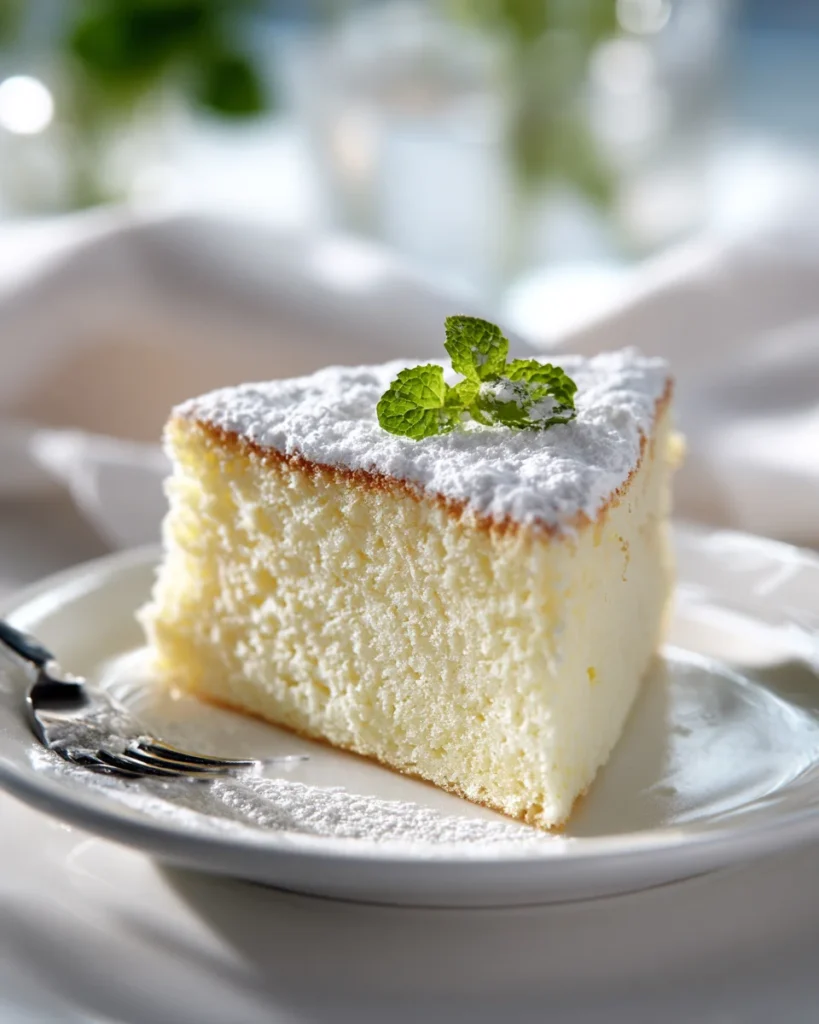
Mistakes to Avoid
How I Like to Enjoy Light Cloud Cake
This is my favorite weekend afternoon cake. I brew mint tea, slice fresh strawberries, and pile them into a small bowl with a sprinkle of sugar so they gloss over. I set out the cake on a white plate, add a cloud of whipped cream, and spoon the berries over the top. The colors make me smile, the sweetness feels graceful, and each bite is light enough that you can go back for another slice without feeling weighed down.
For a sunny brunch, I serve slender wedges with yogurt, honey, and slices of mango. The creamy yogurt plays so well with the airy crumb. If I want an evening dessert that feels special, I brush the top with warm honey, add a ring of blueberries, and pour tall glasses of chilled rose lemonade or sparkling water with lemon. The cake sits nicely beside a platter of grilled peaches or a bowl of ripe figs. It fits every season, and it adapts to whatever fruit looks best.
When I want to make it look festive, I pipe small kisses of whipped cream around the top and tuck in mint leaves and thin citrus slices. The look stays simple and fresh, which suits the cake’s personality. I love that it never feels overdone. It is a calm, happy dessert.
Variations You’ll Love
Tips for better results
More Cake Recipes
FAQ
Q1: Can I bake this without a tube pan?
Yes, and I do it often when I want a smooth, round presentation. I line the bottom of a 20 centimeter springform with parchment and leave the sides ungreased so the batter can climb. I sometimes wrap the outside with foil and set it in a shallow water bath, which keeps the crumb extra tender and helps prevent cracking.
The bake time is similar, usually 50 to 60 minutes, but I start checking at 40 minutes since every oven runs a little different. A loaf pan works too, but the batter is deeper, so I lower the oven temperature to 150 C and extend the bake, checking with a skewer near the center for doneness. No matter the pan, I cool the cake upside down so the airy structure sets properly.
Q2: Why did my cake shrink or collapse after baking?
This usually comes down to structure and moisture balance.
If the meringue was whipped to very stiff, dry peaks, it can be hard to fold, which deflates the batter and creates weak pockets. I stop at glossy medium peaks that bend softly. Greasing the sides of the pan can also make the batter slip as it rises, so I keep the sides clean and only line the base. Underbaking is another common cause. The top should spring back and a skewer should come out mostly clean before I pull it. Finally, the cooling step matters. I invert the cake as soon as it comes out so gravity does not compress the crumb while it is still hot. Those small details keep the cloud from sinking.
Q3: Can I use all purpose flour instead of cake flour?
You can, and I have done it with great results. I mimic cake flour by sifting one cup of all purpose flour with one tablespoon of cornstarch, then I measure what I need for the recipe. I sift twice so the texture stays feathery. Cake flour still gives the most delicate crumb, but the homemade blend is very close. If I am using a gluten free 1 to 1 blend, I sift in an extra teaspoon of cornstarch to keep the bite soft and tender.

